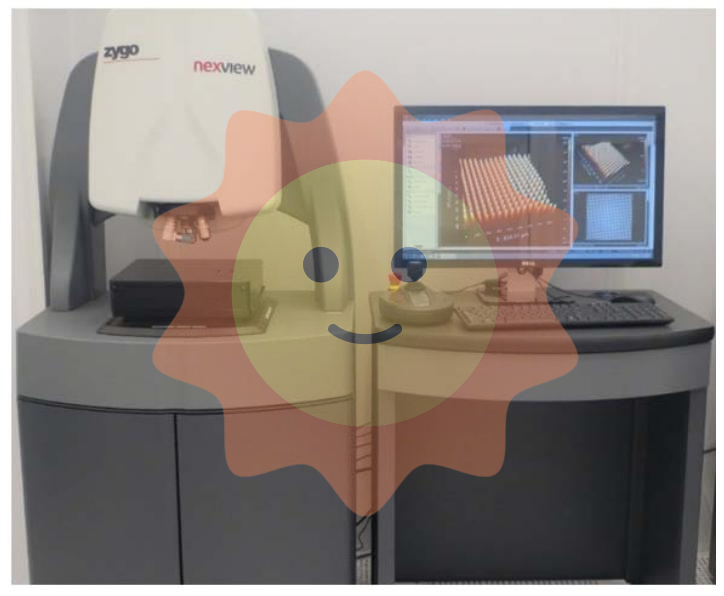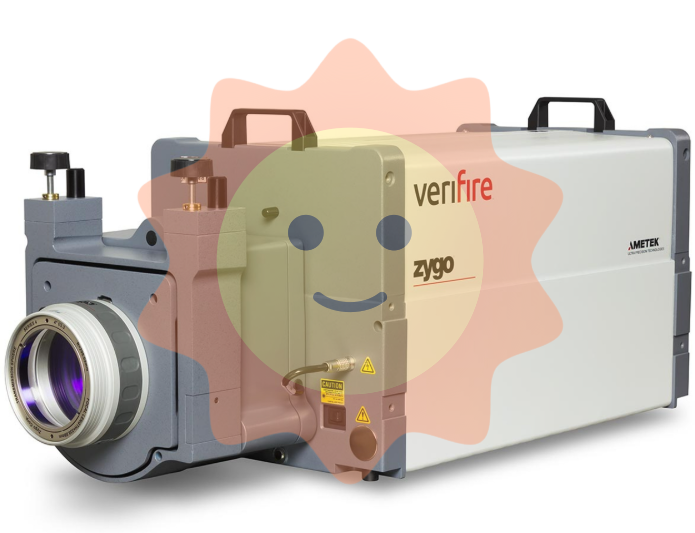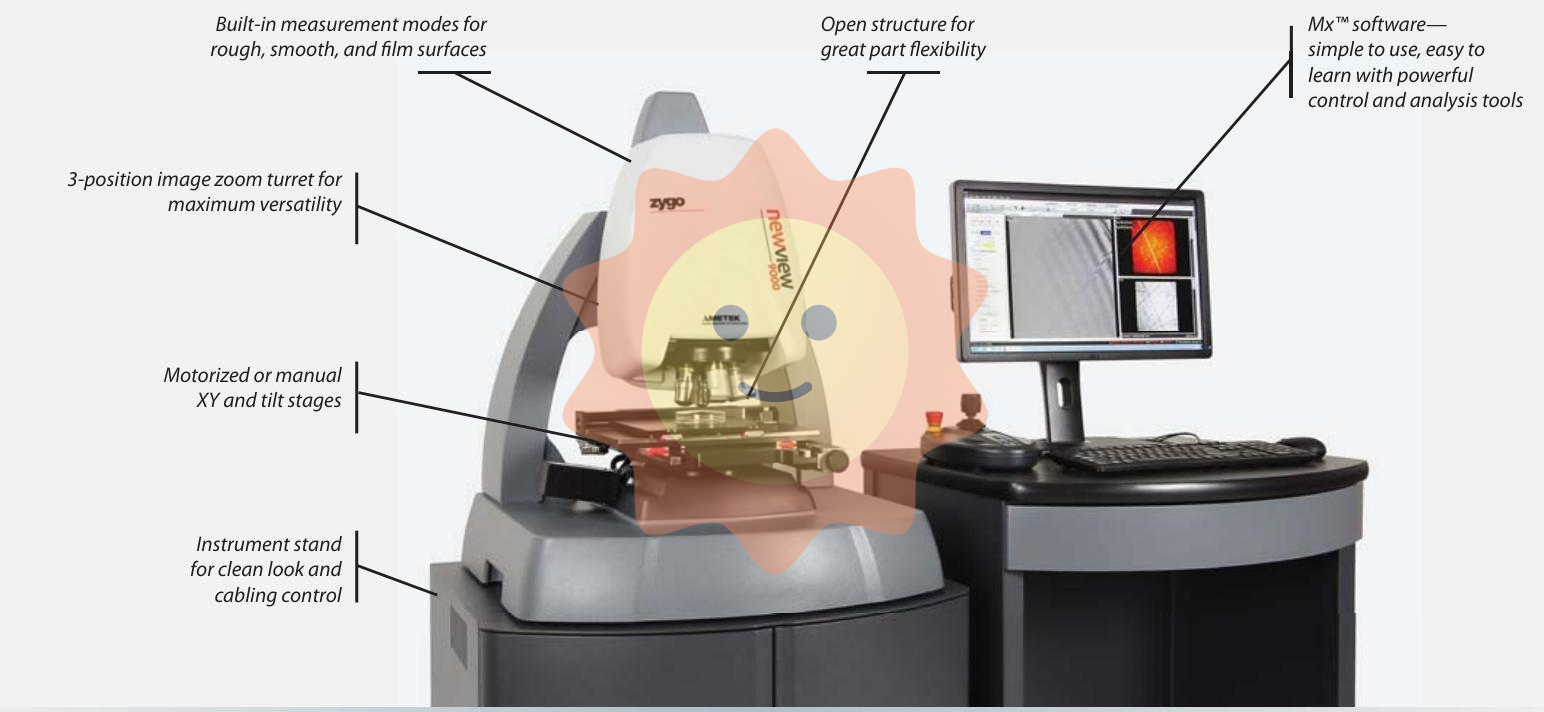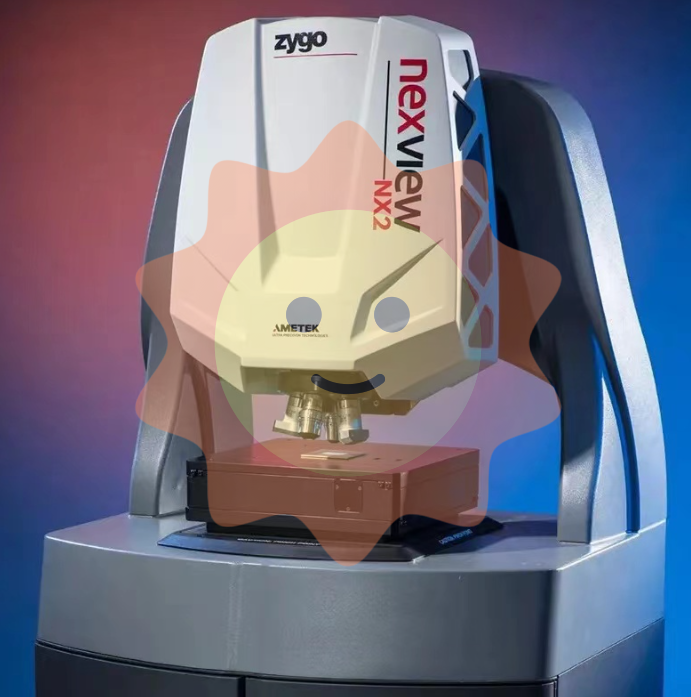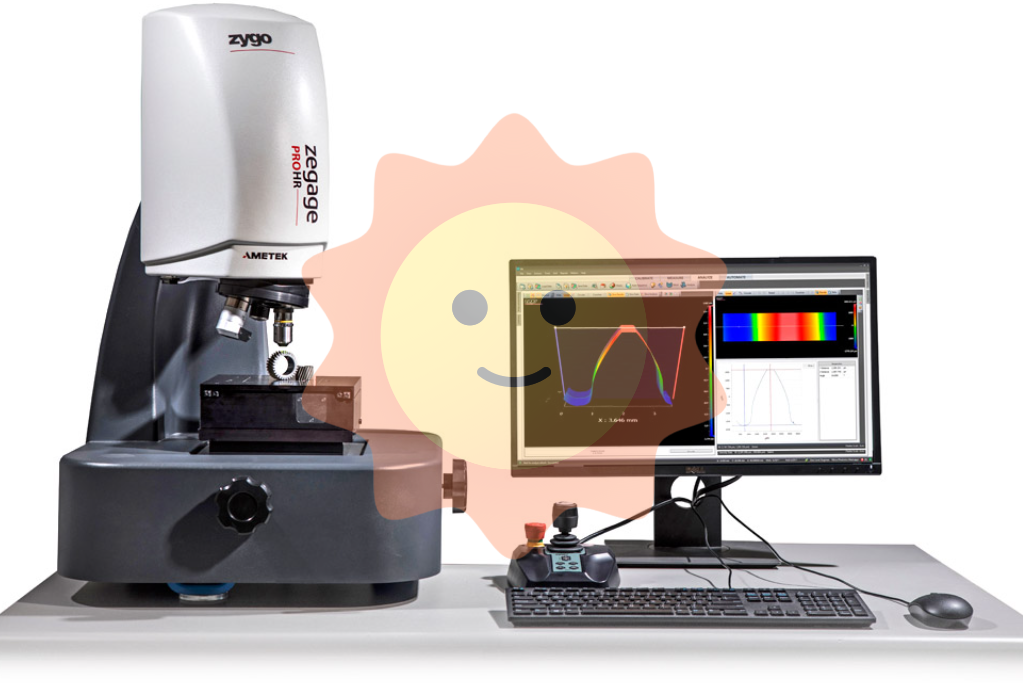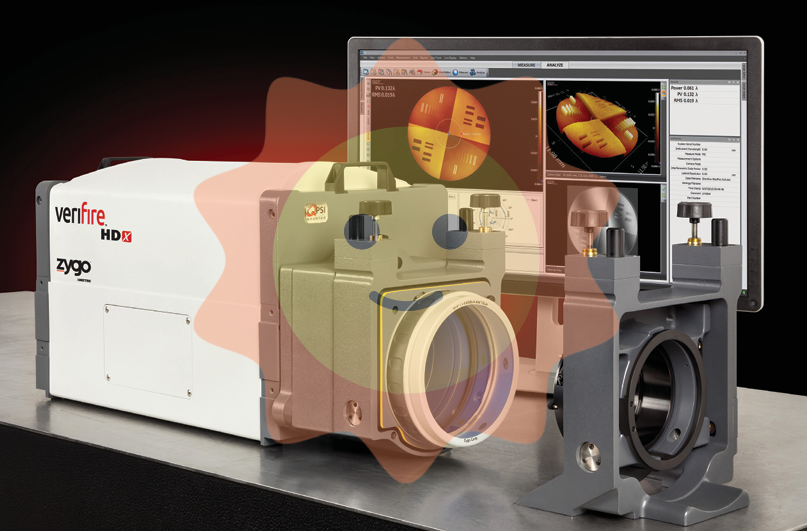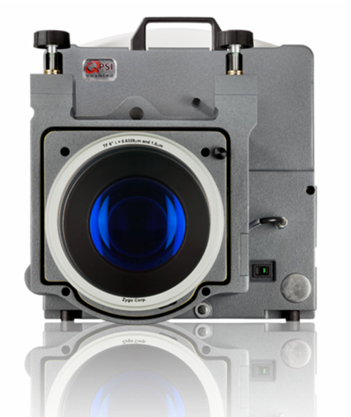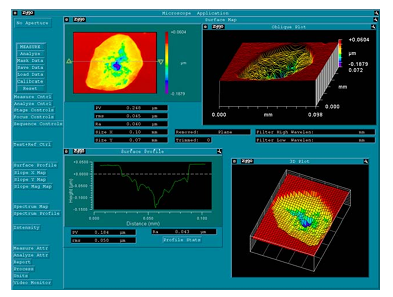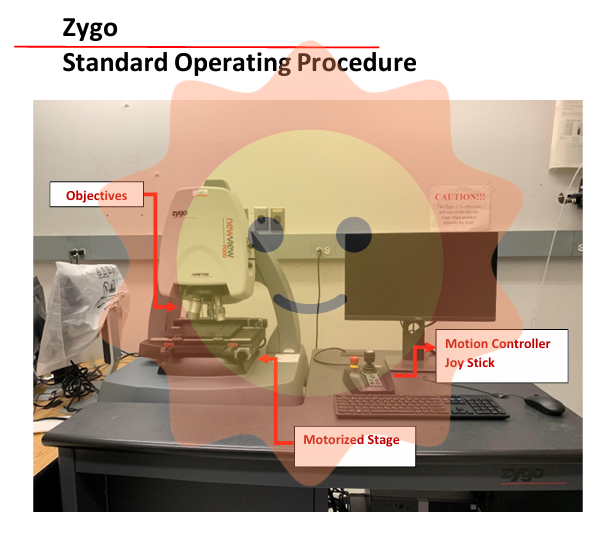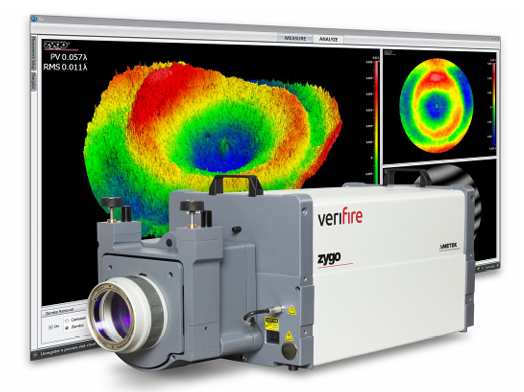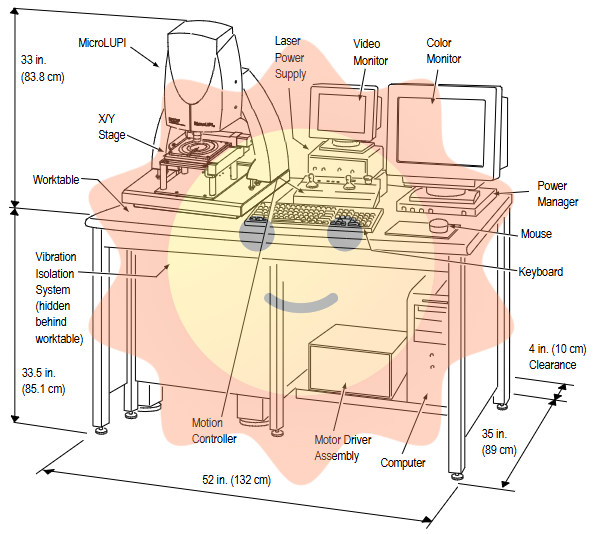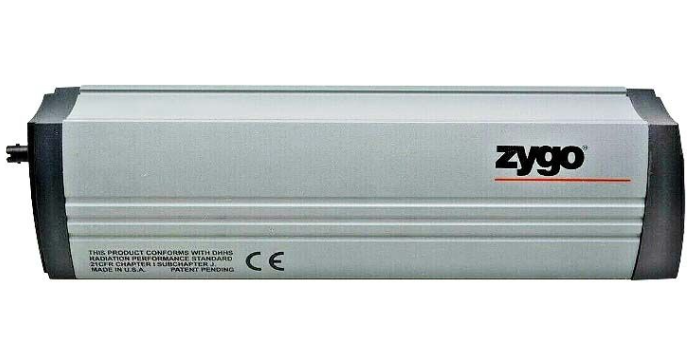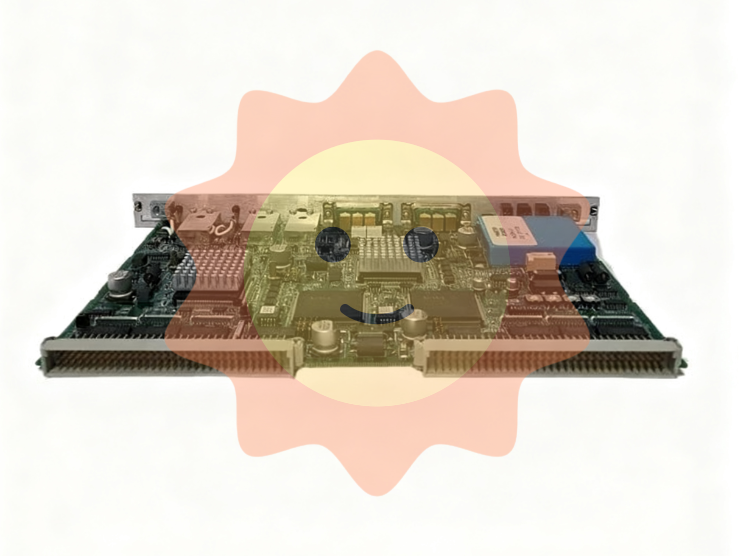ABB UFC718AE01 HIEE300936R0001 is the core interface component between ABB medium voltage drive systems (such as ACS 800 series) and industrial main circuits. It is a high voltage and high reliability power electronic interface board, originating from Finland. Its core function is to act as an "isolation and conversion hub" between the main circuit (high voltage/high current circuit) and the control system (low voltage signal circuit), achieving precise acquisition and isolation transmission of voltage and current signals in the main circuit. At the same time, it safely converts the instructions of the control system into signals that drive the main circuit actuators, ensuring electrical isolation and signal interaction safety between high and low voltage circuits. It is a key component for ensuring system stability and personnel safety in scenarios such as medium voltage transmission and power control.
ABB UFC718AE01 HIEE300936R0001 Main Circuit Interface Board
Core positioning and basic information
ABB UFC718AE01 HIEE300936R0001 is the core interface component between ABB medium voltage drive systems (such as ACS 800 series) and industrial main circuits. It is a high voltage and high reliability power electronic interface board, originating from Finland. Its core function is to act as an "isolation and conversion hub" between the main circuit (high voltage/high current circuit) and the control system (low voltage signal circuit), achieving precise acquisition and isolation transmission of voltage and current signals in the main circuit. At the same time, it safely converts the instructions of the control system into signals that drive the main circuit actuators, ensuring electrical isolation and signal interaction safety between high and low voltage circuits. It is a key component for ensuring system stability and personnel safety in scenarios such as medium voltage transmission and power control.
Key technical specifications
Interface type
Main circuit signal interface (voltage/current acquisition)+control signal interface
Simultaneously compatible with high voltage/high current main circuit signals and low voltage control signals, achieving bidirectional signal interaction
Main circuit signal acquisition range
Voltage: 0-10kV AC (suitable for medium voltage systems); Current: 0-5000A AC (requires current transformer)
Covering the common main circuit parameter range in medium voltage industrial scenarios and adapting to transmission equipment of different power levels
Signal isolation method
Optoelectronic isolation+electromagnetic isolation
Double isolation design, isolation voltage ≥ 2.5kV AC (1 minute), effectively blocking the impact of high voltage in the main circuit on the control system, ensuring the safety of low-voltage circuit equipment and personnel
Output signal type
Standard low voltage signal (4-20mA DC/0-5V DC)
Convert the high amplitude signal of the main circuit into a recognizable standard low voltage signal for the control system, facilitating data processing and logical judgment
Working power supply
24VDC ± 10% (control side); Take the auxiliary power supply of the autonomous circuit (monitoring side, 110/220V AC/DC)
Dual power supply design, independent power supply for control side and monitoring side, avoiding the influence of main circuit power supply fluctuations on control signal stability
Working temperature range
-25 ℃ to+75 ℃
Wide temperature design, suitable for high-temperature and severe cold industrial sites such as metallurgy and electricity, without the need for additional temperature control devices
Protection level
IP30 (card body)
Suitable for installation inside control cabinets, it needs to be coordinated with the cabinet to achieve dust and moisture protection, avoiding direct exposure to harsh environments
Response time
≤10ms
Quickly collect and transmit main circuit signals to ensure timely response of the control system to changes in the main circuit status, and improve the dynamic control performance of the system
Fault diagnosis function
Support overvoltage, overcurrent, and signal loss alarms, and output fault contact signals
Real time monitoring of its own and main circuit signal status, rapid alarm in case of abnormalities, convenient for operation and maintenance personnel to locate faults, and reduce downtime
Typical application areas
Medium voltage transmission system
In medium voltage frequency converters (such as the ACS 880 medium voltage series) used in industries such as steel and mining, they are used to collect input/output voltage and current signals of the main circuit of the frequency converter, isolate and transmit them to the frequency converter control unit, and safely transmit the trigger signal of the control unit to the main circuit power module (such as IGBT), achieving precise speed regulation of the motor by the frequency converter and ensuring electrical safety of the main circuit and control circuit.
Power system relay protection
In substations and distribution systems, in conjunction with relay protection devices, voltage and current signals of high-voltage busbars and lines are collected, isolated and converted, and transmitted to protection devices to provide accurate data support for overcurrent protection, overvoltage protection, zero sequence protection and other logic. When the main circuit fails, the auxiliary protection device quickly cuts off the fault circuit to prevent the accident from expanding.
Main equipment control in metallurgical industry
In high-power equipment such as rolling mill main drive and blast furnace fan in steel plants, it is used to connect the main circuit of the equipment with the control system, collect the operating parameters of the main circuit (such as armature voltage and excitation current), feedback them to the control system to adjust the operating status of the equipment, isolate high-voltage signals, protect precision electronic components in the control system, and ensure continuous and stable operation of the equipment.
Petrochemical high-pressure equipment
In the petrochemical industry, high-pressure pumps, compressors, and other equipment are used to monitor the main circuit supply voltage and operating current, in order to avoid equipment damage caused by voltage fluctuations and overload; At the same time, control commands such as start stop and speed regulation of the equipment are safely transmitted from the low-voltage control system to the main circuit actuator, achieving remote automation control of the equipment and reducing on-site operational risks.
Key points of installation and operation and maintenance
(1) Installation specifications
It needs to be installed in a dedicated slot or fixed bracket inside the medium voltage equipment control cabinet, and the installation position should be far away from strong electromagnetic interference sources such as the main circuit busbar and reactor. The distance from high-voltage components should be ≥ 15cm to prevent electromagnetic interference from affecting signal acquisition accuracy; At the same time, reserve a heat dissipation space of ≥ 5cm to avoid overheating of the board.
Before wiring, the power supply of the main circuit and control circuit must be disconnected, and insulated tools must be used to distinguish between the main circuit wiring terminal (high voltage side) and the control circuit wiring terminal (low voltage side). Mixing is strictly prohibited; The main circuit wiring needs to use high temperature and high voltage resistant cables (such as cross-linked polyethylene insulated cables), and the control circuit cables need to use shielded wires, with the shielding layer grounded at one end (grounding resistance ≤ 2 Ω).
The main circuit wiring terminals need to be tightened according to the torque requirements (reference value: M5 screw tightening torque 1.5-2N · m) to prevent overheating of the terminals due to poor contact; After the wiring is completed, it is necessary to wrap the exposed part of the main circuit terminal with insulating tape to avoid high voltage discharge.
(2) Debugging and Calibration
Before the initial debugging, use a multimeter to measure the insulation resistance (≥ 100M Ω/500V DC) between the main circuit and the control circuit to confirm that the insulation performance is qualified; Connect the control circuit power supply and check if the board power indicator light (PWR) is lit up normally and if the fault indicator light (FAULT) is off.
Simulate the main circuit signal (using a standard signal source to output analog voltage/current signals), monitor the output signal of the board through an oscilloscope or control unit, and confirm whether the linear relationship between the output signal and the input signal meets the design requirements (error ≤± 0.5%). If the deviation exceeds the standard, it needs to be corrected through the calibration potentiometer on the board (such as OFFSET, GAIN).
Test fault diagnosis function: Simulate scenarios such as main circuit overvoltage (input exceeding 120% of rated voltage), signal loss (disconnection of analog signal source), etc., check whether the board can accurately output fault alarm signals (fault contact closed/alarm indicator light lit), and verify whether the control system can correctly receive and respond to fault signals.
(3) Maintenance strategy
Monthly visual inspection: After power failure, open the control cabinet to check for signs of erosion on the board, bulges and cracks in the components, and oxidation and corrosion on the wiring terminals; After powering on, observe the status of the indicator light and confirm that there are no abnormal alarms.
Quarterly performance testing: calibrate the signal acquisition accuracy of the board using a standard signal source, and check whether the fault diagnosis function is normal; Measure the insulation resistance between the main circuit and the control circuit to ensure that the isolation performance has not decreased (insulation resistance ≥ 50M Ω/500V DC).
Annual comprehensive maintenance: Use dry compressed air to clean the dust on the surface of the board (pressure ≤ 0.3MPa, avoid blowing directly onto the components); Check the connectors and wiring terminals on the board, and tighten any loose screws again; If the board malfunctions (such as no output signal, frequent alarms), it is necessary to contact an authorized ABB service provider for replacement. Disassembly and repair are prohibited to avoid the risk of high-voltage electric shock.

- User name Member Level Quantity Specification Purchase Date
- Satisfaction :
-









Email:wang@kongjiangauto.com

